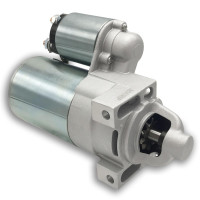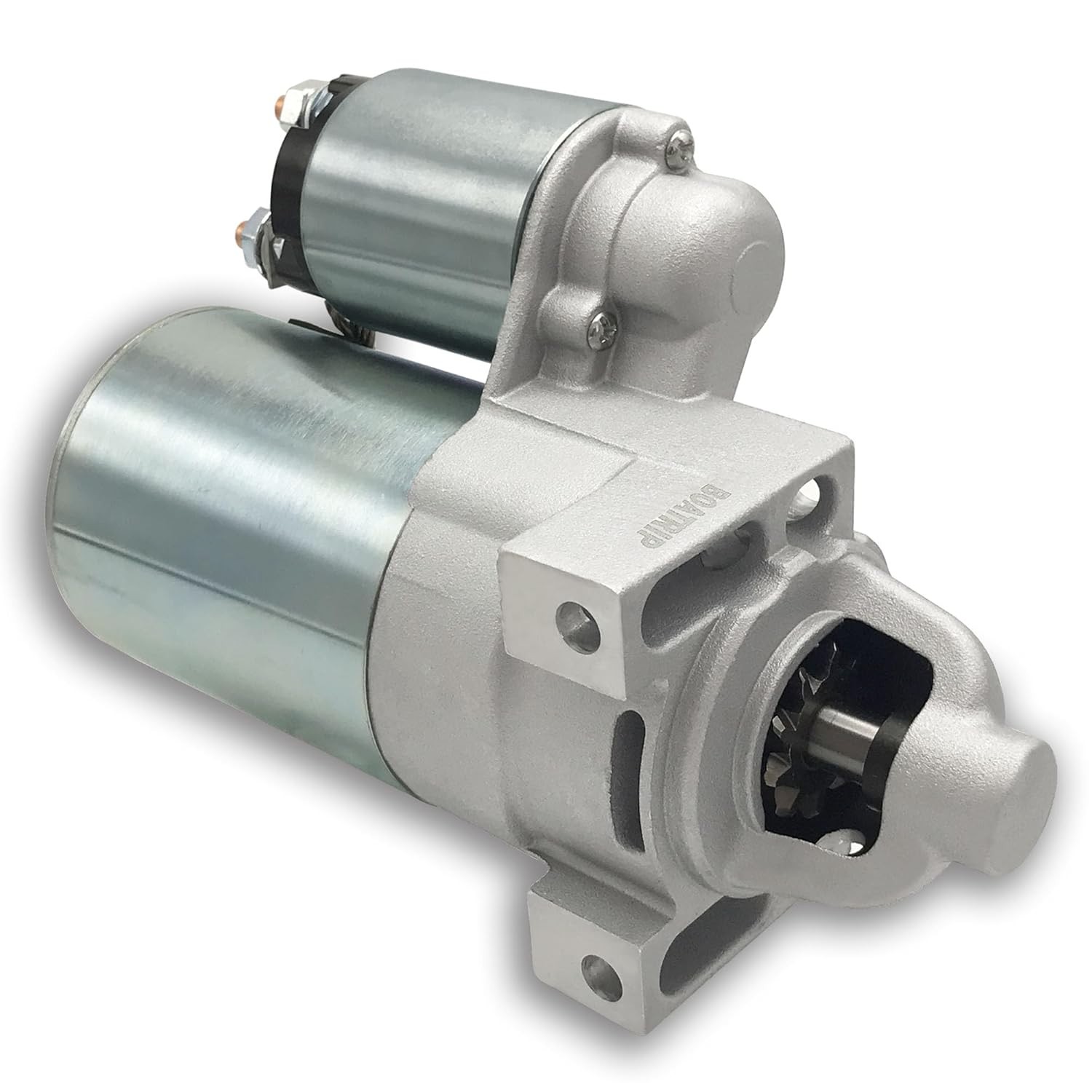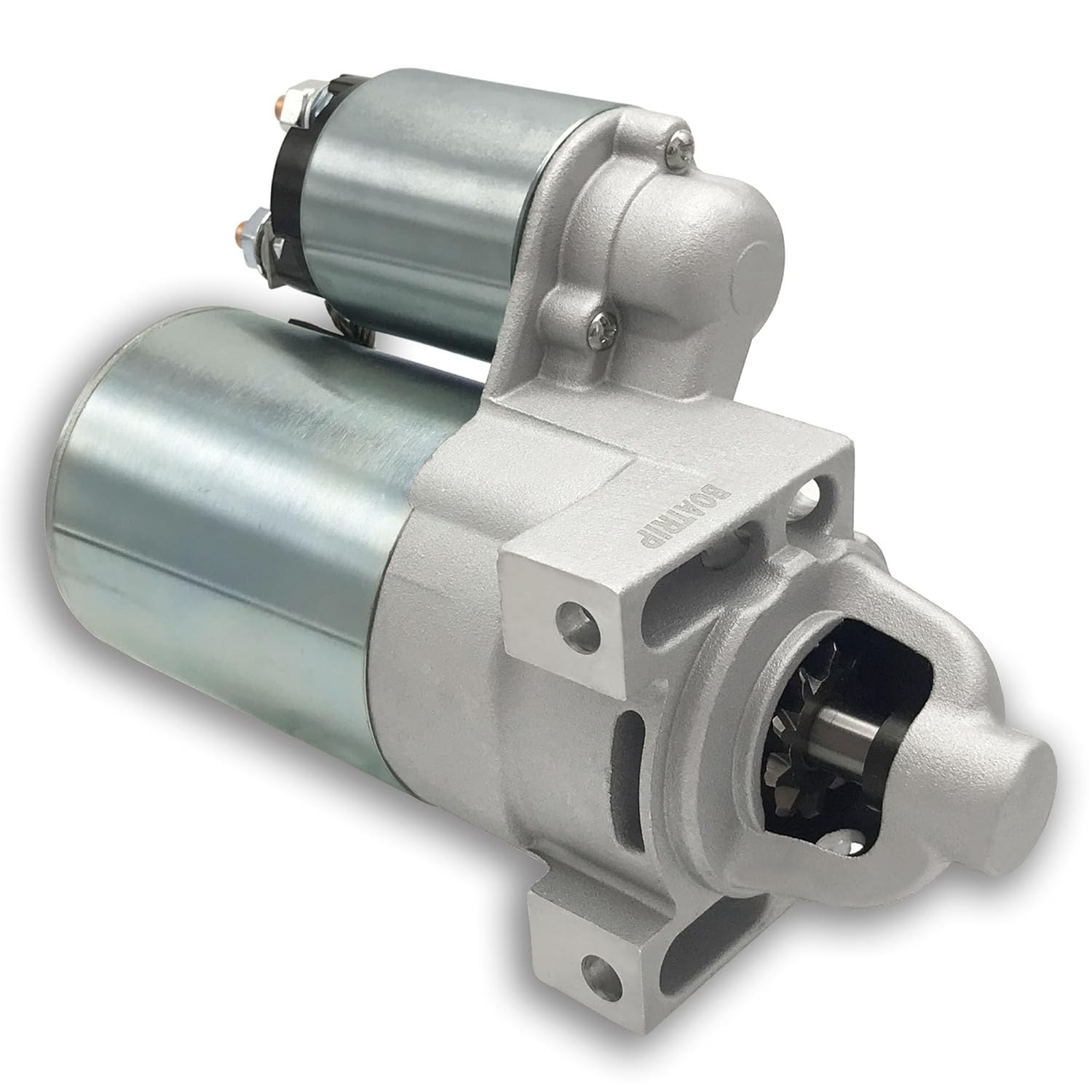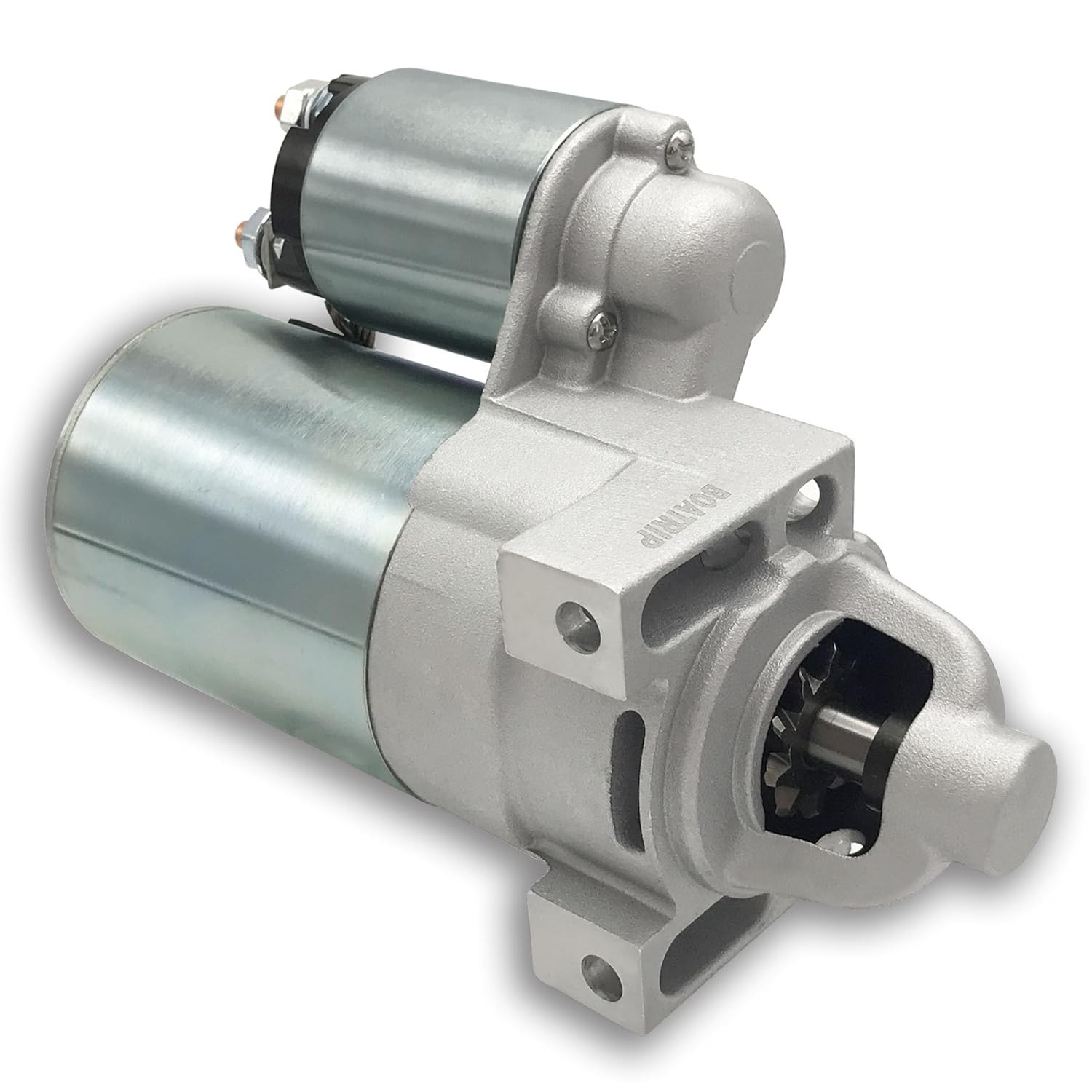The Starter Motor: How Your Car Gets Ready to Go

Strong 8k brings an ultra-HD IPTV experience to your living room and your pocket.
Have you ever been in a hurry to get to school or a friend’s house, turned the car key, and felt that familiar rumble as the engine came to life? That quick, smooth start we often take for granted is all thanks to a small but powerful part called the starter motor. It’s like the unsung hero of your car’s engine, working hard every time you need to go somewhere. Even though it’s not as flashy as the wheels or as big as the engine, the starter motor plays a super important role in getting your car ready to hit the road. Let’s take a closer look at this amazing little device, how it works, and why it’s so essential for any car.
First, let’s imagine your car’s engine as a giant, powerful machine that needs a little help to wake up—kind of like how you might need an alarm clock to get out of bed in the morning. That’s exactly what the starter motor does: it’s the alarm clock for your engine. Without it, no matter how much fuel is in the tank or how well the engine is maintained, your car would just sit there like a big, heavy metal box. The starter motor is an electric motor, which means it runs on electricity from your car’s battery. It’s usually located near the bottom of the engine, where it can connect to the parts that need to be turned to start the engine. Even though it’s small—about the size of a basketball in most cars—it has enough power to spin a huge engine that weighs hundreds of pounds!
So, let’s break down exactly what happens when you turn the key. When you insert the key into the ignition and turn it, or press the start button in newer cars, a signal travels from the ignition to the car’s battery. The battery then sends a burst of electricity to the starter motor. This electricity makes the motor’s internal parts start spinning really fast—much faster than a bicycle wheel! At the same time, a small gear at the end of the starter motor (called a pinion gear) pops out and connects with a big, toothed wheel on the engine called the flywheel. It’s like when you connect two toy gears together and turn one, making the other spin. Once connected, the starter motor spins the flywheel, which in turn spins the engine’s crankshaft. This spinning motion starts the engine’s pistons moving, which mix fuel and air, create small explosions, and—boom!—the engine starts running on its own. As soon as the engine is running smoothly, the starter motor’s gear disconnects from the flywheel, and the motor stops working until next time. It all happens in just 2-3 seconds, but that short time is crucial for getting your car going.
Now, let’s think about how hard the starter motor works every day. If you start your car 5 times a day, that’s 1,825 times a year! Each time, it has to generate enough power to spin a heavy engine from a complete stop. Over time, all this hard work can cause wear and tear, just like how your shoes get worn out after lots of walking. That’s why it’s important to know the signs that your starter motor might be having problems. One common sign is a clicking sound when you turn the key. That usually means the electricity is getting to the motor, but the motor itself can’t start spinning—maybe because the internal parts are worn out. Another sign is a grinding noise, which sounds like metal rubbing against metal. That might mean the pinion gear or flywheel teeth are damaged, kind of like when you scrape your bike chain against the gears. Sometimes, the engine might start slowly or not start at all, even if the lights and radio still work (which means the battery is okay). If you notice any of these signs, it’s a good idea to tell a parent or mechanic because a broken starter motor could leave you stuck somewhere.
So, what causes a starter motor to go bad? One common reason is a weak battery. Even if the battery has enough power for the lights, it might not have enough “juice” to make the starter motor spin properly. That’s like trying to ride a bike up a hill with a flat tire—it just won’t work well. Dirty or loose electrical connections can also cause problems. Over time, corrosion (a greenish or white powdery substance) can build up on the wires connecting the battery to the starter motor, blocking the flow of electricity. It’s similar to how dirt in a straw makes it hard to drink a milkshake. Sometimes, the starter motor itself gets worn out from years of use. The internal parts, like bearings or brushes, can wear down, making the motor less powerful. Extreme weather can also affect it—very cold temperatures make the engine harder to spin, and very hot temperatures can damage the motor’s electrical parts.
If your starter motor does need to be replaced, how do you choose a good one? The first thing is to make sure it fits your car. Just like you can’t put a small shoe on a big foot, a starter motor that’s the wrong size won’t work for your car. You need to get one that’s made for your car’s make and model, like Toyota, Ford, or Honda. There are two main types of starter motors: OEM and aftermarket. OEM stands for Original Equipment Manufacturer, which means they’re made by the same company that built your car. Aftermarket ones are made by other companies. Both can be good, but it’s important to choose a reputable brand, just like how you’d pick a well-known brand for your school supplies because they’re more reliable. Many good starter motors come with a warranty, which means if they break within a certain time, you can get a new one for free. When you’re looking for a replacement, you can find great options at starter motor, where they have lots of different starter motors for all kinds of cars.
Taking care of your starter motor can help it last longer. One easy way is to make sure your car’s battery is always in good condition—get it checked regularly, especially before winter. Keeping the battery connections clean by wiping off any corrosion with a cloth can also help. Avoid starting the car and then turning it off right away, as this makes the starter motor work hard without giving the engine time to warm up. If you know you won’t be using your car for a while, like during a long vacation, ask someone to start it occasionally to keep the starter motor and battery in good shape. It’s like how stretching before exercise helps prevent injuries—taking small steps to care for your starter motor can prevent big problems later.
In conclusion, the starter motor might be small, but it’s one of the most important parts of your car. Every time you start your car, it’s there working hard to get the engine going, even though you might not even think about it. By understanding how it works, recognizing when it might be having problems, and taking good care of it, you can make sure your car starts reliably every time you need it. So the next time you turn the key and hear that engine roar to life, take a moment to appreciate the hardworking starter motor that made it all possible. And if you ever need to learn more or find a new starter motor, remember to check out starter motor for helpful information and great products. After all, even the smallest heroes deserve the best care!
Note: IndiBlogHub features both user-submitted and editorial content. We do not verify third-party contributions. Read our Disclaimer and Privacy Policyfor details.






